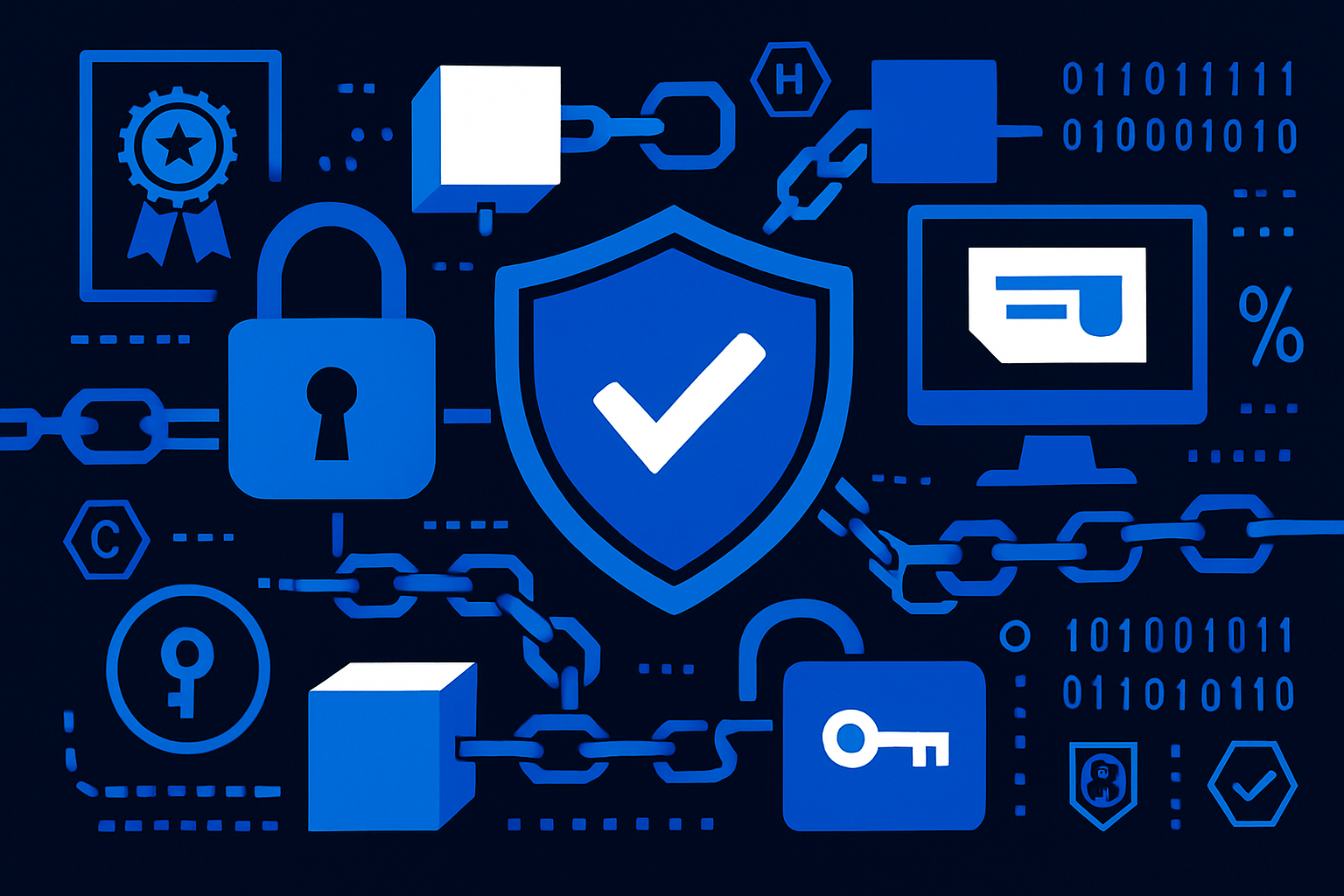How Blob Market Fee Spikes Impact Onchain Checkout: Strategies for Merchants and Users

Ethereum’s blob market is rewriting the rules for onchain payments, especially as the network’s data layer evolves post-EIP-4844. As of today, with Ethereum trading at $3,932.72, the cost of storing data via blobs has become a headline issue for both merchants and users. The promise was simple: by introducing blobs, Ethereum would lower data fees for Layer 2s (L2s), making onchain checkouts faster and cheaper. But the reality? Volatility in blob market fees has thrown a wrench into seamless payment experiences, especially during sudden spikes.
Blob Market Fee Spikes: The New Checkout Challenge
Let’s get specific. During the infamous “blobscriptions” rush in March 2024, blob base fees on Ethereum spiked from a negligible 1 wei to a jaw-dropping 650 Gwei in under ten minutes. This wasn’t just a technical blip – it meant L2 rollups saw their transaction costs soar, and onchain checkouts for ordinary users became unpredictable and expensive. Merchants faced abandoned carts, while users hesitated at the final click.
These fee spikes aren’t rare outliers. In May 2024, Taiko’s surge in blob postings drove execution layer blob fees up by 81.1 ETH in just three days. As more rollups and dApps compete for blobspace, fee volatility is now a feature, not a bug, of the Ethereum and Celestia ecosystems.
Strategy 1: Implement Real-Time Dynamic Checkout Pricing Based on Blob Market Fees
Static pricing models are dead in the water during blob market turbulence. Merchants need to adopt real-time dynamic checkout pricing that reflects current blob market fees. Imagine a checkout flow that updates transaction costs live as blob fees fluctuate – this empowers users to make informed decisions and prevents nasty surprises at confirmation.
For example, if blob fees spike by 300% in a matter of minutes, dynamic pricing ensures merchants aren’t caught subsidizing transactions or losing revenue, while users get transparent cost breakdowns. This approach also discourages fee sniping and last-second cart abandonment, creating a smoother onchain retail experience.
Strategy 2: Utilize Layer-2 Rollups and Batch Transactions to Amortize Blob Data Costs
Layer-2 rollups like Arbitrum, Optimism, and Base are now essential for anyone serious about cost efficiency. By batching transactions and leveraging rollup technology, merchants can amortize blob data costs across many users. This dramatically reduces the per-checkout fee, even when L1 blob fees are surging.
Batching isn’t just for big businesses. Even small merchants can use payment processors that support batched submissions to rollups, ensuring their customers benefit from lower fees. This is especially relevant during periods of high demand, when L1 blobs become scarce and expensive. The net effect: more predictable costs, less exposure to sudden fee spikes, and happier users.
3 Key Strategies to Beat Blob Fee Spikes at Checkout
-

Implement Real-Time Dynamic Checkout Pricing Based on Blob Market FeesMerchants can integrate APIs like Blocknative or Etherscan Gas Tracker to automatically adjust checkout prices in response to live Ethereum blob market fee changes. This ensures users see accurate, up-to-the-minute costs, reducing abandoned carts due to sudden fee spikes.
-

Utilize Layer-2 Rollups and Batch Transactions to Amortize Blob Data CostsBy processing transactions on established Layer-2 networks like Arbitrum, Optimism, or Base, merchants and users can benefit from lower fees and faster confirmations. Batch processing tools such as Safe (formerly Gnosis Safe) enable multiple payments to be bundled, further reducing per-transaction costs during blob fee surges.
-

Integrate Predictive Fee Alerts and User Education Tools in Checkout FlowsCheckout solutions can embed predictive fee notifications using services like GasNow or Blocknative Gas Estimator. Pairing these with clear, in-app educational prompts helps users understand when to transact and how to avoid high fees, leading to smarter, more cost-effective onchain purchases.
Strategy 3: Integrate Predictive Fee Alerts and User Education Tools in Checkout Flows
Knowledge is power – especially when it comes to navigating volatile blob markets. Merchants should integrate predictive fee alerts into their checkout flows, notifying users when blob fees are unusually high or expected to drop soon. These alerts can be paired with education tools that explain why fees are spiking and how users can optimize timing or choose alternative payment networks.
By surfacing this information at checkout, merchants build trust and reduce frustration. Users are more likely to complete transactions when they feel informed, not blindsided by costs. Over time, these tools also help onboard users to best practices for onchain payments in the era of dynamic fee markets.
Ethereum (ETH) Price Prediction 2026-2031 Considering Blob Market Fee Trends
Forecasts reflect the impact of EIP-4844, blob market volatility, L2 adoption, and macro crypto trends.
| Year | Minimum Price (Bearish) | Average Price (Base Case) | Maximum Price (Bullish) | % Change (Avg YoY) | Key Market Scenario |
|---|---|---|---|---|---|
| 2026 | $3,400 | $4,250 | $5,800 | +8% | Fee volatility persists but L2 adoption stabilizes onchain costs |
| 2027 | $3,800 | $4,700 | $6,700 | +11% | Blob fee optimizations drive L2 growth, ETH demand rises |
| 2028 | $4,200 | $5,350 | $8,200 | +14% | Global crypto regulation clarity, ETH as L2 settlement layer |
| 2029 | $4,800 | $6,100 | $9,500 | +14% | Major DeFi/L2 expansion, ETH becomes default for onchain commerce |
| 2030 | $5,200 | $6,850 | $11,000 | +12% | Scalability breakthroughs, mainstream institutional adoption |
| 2031 | $5,700 | $7,600 | $13,000 | +11% | ETH competes with global payment rails, high-value use cases |
Price Prediction Summary
Ethereum is expected to experience steady growth through 2031, driven by the maturation of blob markets, widespread Layer 2 adoption, and ongoing protocol upgrades. While periodic fee spikes from blob market volatility may cause short-term headwinds, long-term prospects remain strong as Ethereum continues to serve as the backbone for DeFi, NFTs, and onchain commerce. Price ranges reflect both bullish (mass adoption, tech breakthroughs) and bearish (regulatory or scalability setbacks) scenarios.
Key Factors Affecting Ethereum Price
- Blob market fee trends and volatility: Frequent spikes could suppress short-term adoption but drive further L2 innovation.
- Layer 2 adoption: As L2s absorb more transaction volume, demand for ETH as a settlement asset increases.
- Protocol upgrades: Improvements beyond EIP-4844 (e.g., sharding, Danksharding) could unlock further scalability and lower costs.
- Regulatory landscape: Favorable global regulation could boost institutional investment and use cases.
- Macro market cycles: Global economic conditions and crypto market cycles will impact capital flows into ETH.
- Competition: Advances from other smart contract platforms (e.g., Solana, Avalanche) could affect ETH’s market share.
- Merchant and user strategies: Adoption of fee management and L2 solutions could mitigate blob fee spikes, enhancing ETH’s utility for payments.
Disclaimer: Cryptocurrency price predictions are speculative and based on current market analysis.
Actual prices may vary significantly due to market volatility, regulatory changes, and other factors.
Always do your own research before making investment decisions.
While these strategies may sound technical, their impact is deeply practical. For merchants, the ability to set real-time dynamic pricing based on blob market fees means you’re never caught off guard by sudden network congestion. Customers see the true cost at checkout, which reduces disputes and cart abandonment. The same logic applies to users: instead of guessing when to transact, you can see, in real time, whether now is a good moment or if waiting a few minutes could save you a meaningful amount in fees.
Layer-2 rollups and batching are more than buzzwords, they’re the backbone of cost-efficient onchain commerce in 2025. By spreading out blob data costs, you’re essentially buying in bulk. The result? A checkout experience that feels as smooth as Web2, with the security and transparency of Web3. Small businesses, especially, stand to gain here by partnering with payment providers already optimizing for batch transactions and blob efficiency.
But even the best technical solutions can fall short if users are left in the dark. That’s where predictive fee alerts and user education step in. Imagine a checkout that not only tells you, “Fees are high right now, ” but also offers tips or alternative payment options. Maybe it suggests using a different L2, or waiting until the next block when fees are projected to drop. This level of transparency builds user loyalty and trust, two things that are often missing in crypto payments.
Blob market fee spikes aren’t going away. As Ethereum’s price holds steady at $3,932.72, the underlying data layer is more competitive than ever. The projects and merchants that thrive will be those who embrace dynamic pricing, batch efficiency, and clear communication with their users. If you’re looking for deeper dives or step-by-step guides to hedging blob fee volatility, check out our resource on how to hedge blob fee volatility for merchants on Celestia and EIP-4844 chains.
The Future of Onchain Checkout: Adapt or Get Priced Out
Onchain checkouts are no longer just about sending a transaction and hoping for the best. They’re about adapting in real time to market dynamics, especially as blobs become central to Ethereum’s scalability story. Whether you’re a merchant optimizing your margins or a user chasing the lowest fees, these three strategies, dynamic pricing, batching via L2s, and predictive alerts, should be at the core of your playbook.
The bottom line: Blob market fee spikes are a reality, but with the right tools and mindset, they don’t have to be a blocker for seamless onchain commerce. Stay data-driven, keep your checkout flows flexible, and empower your users with information. That’s the blueprint for thriving in the blobspace markets era.





